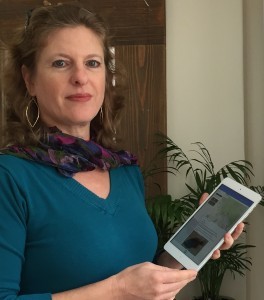Technion President at the opening plenary of the 2017 Board of Governors events:
“Technion is becoming increasingly global and intensifying its presence around the world; the task that we now face is to increase the number of ultra-Orthodox students at Technion”
“Technion is becoming increasingly global,” said Technion President Prof. Peretz Lavie at the opening session of the 2017 Technion Board of Governors meeting. “Today, the world of research requires cooperation between fields and universities. In order to maintain Technion’s position at the forefront of scientific research, we must be a part of the globalization of higher education. This has been one of my main tasks since I became President of Technion eight years ago.”
In recent years, Technion has indeed been working on many fronts towards this purpose, and the two flagships are its extensions in New York and China, which will be inaugurated this year: the permanent campus of the Jacobs Technion-Cornell Institute (JTCI) for applied engineering-scientific research will be inaugurated in the heart of Manhattan in September 2017, and Guangdong Technion Israel Institute of Technology (GTIIT), near the city of Shantou in China, will be inaugurated in December 2017. Technion is also strengthening its international reputation through strategic cooperation with leading universities around the world. The International School at Technion, which welcomes students from a variety of countries, has significantly expanded its activities and grown from 39 students in 2009 to 700 in 2016.
Prof. Lavie said that these international projects place Technion at the forefront of global research and constitute an important milestone in its progress towards achieving the Technion vision: “Becoming one of the world’s ten leading scientific-technological research universities in the development of human capital, leadership, and knowledge, which works to advance the State of Israel and humanity.” He also noted the success of the MOOC (Massive Open Online Course) masterminded by Prof. Hossam Haick of the Wolfson Faculty of Chemical Engineering at the Technion: an online course in Arabic and English, which has already brought Technion to around 118,000 men and women from 87 countries, 23 of them in the Middle East.
Prof. Lavie emphasized another important challenge pertaining to the demographic changes in the State of Israel. “Israeli society is changing before our eyes. According to projections, by 2059 the ultra-Orthodox will make up 27% of Israel’s population, and this requires us to increase the number of ultra-Orthodox students in academia in order to help them integrate into the work force. In recent years, Technion has been working to increase the number of Arab students, whose percentage in the student body is now similar to the percentage of Arabs in Israel’s population, and we are now working to increase the number of ultra-Orthodox students at Technion. This is being done through special pre-academic programs and close support during their years of study.”
Technion representatives and friends from around the world arrived for this morning’s meeting of the Board of Governors and will participate in events until Wednesday. Lawrence (Larry) Jackier, Chairman of the Board of Governors, said, “Technion is at the forefront of the globalization of higher education, enabling the dissemination of its successes in science, technology, and medicine. We must continue this effort to expand Technion’s global exposure and positive impact. This is also the bridge that will enable the younger generation of diaspora Jews to reestablish contact with the State of Israel.”

